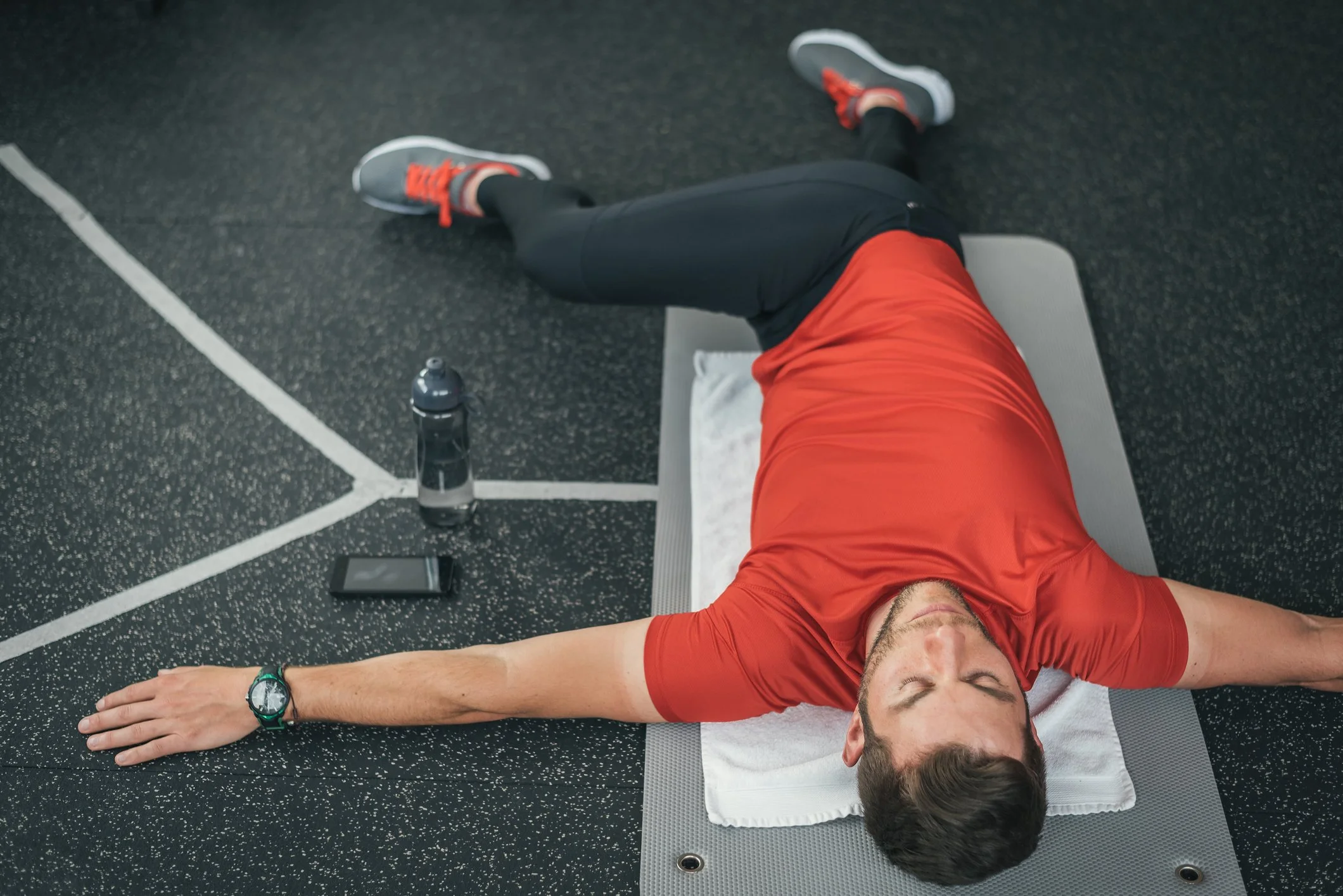THE IMPORTANCE OF STRETCHING BEFORE AND AFTER EACH WORK-OUT OR RUN
Before delving into the benefits of stretching before and after each workout routine, it's important to prioritize safety and take necessary precautions. Start with a warm-up routine targeting specific muscle groups, gradually increasing your range of motion. Listen to your body and avoid overexertion. These precautions ensure a safe and effective stretching routine.
Harvard Medical School suggests these six tips for safe stretches:
Warm up first. Much like taffy, muscles stretch more easily when warm. It can be as simple as marching in place with arms swinging for five minutes or dancing to a few songs. Moist heat packs or a warm shower are effective first steps, too.
Feel no pain. Stretch only to the point of mild tension, never to the point of pain. If a stretch hurts, stop immediately! Reset your position carefully, then try again. With time and practice, your flexibility will improve.
Pay attention to posture and good form. Posture counts whether you're sitting, standing, or moving. Good form translates to better gains in flexibility and less likelihood of injury when stretching tight muscles.
Focus on the muscle being stretched. You'll notice that one side of your body often is tighter than the other. Work on balancing this over time.
Breathe. Breathe comfortably while stretching or use yoga breathing. Whatever you do, don't hold your breath while you are holding a stretch.
Practice often. You'll make the best gains if you stretch frequently, daily, or on as many days of the week as possible. At the very least, aim to do stretches two or three times a week.
Pre-Workout
Before a workout, stretching can help prepare your muscles for activity by increasing blood flow. This increased circulation provides more oxygen to the muscles, which boosts energy levels and reduces fatigue. Stretching also helps to increase flexibility and range of motion by loosening tendons and muscles. This can help you move more freely during your workout and reduce the risk of injury.
In addition, gentle stretching can help ease pain from chronic injuries, such as those caused by repetitive strain or overuse. By loosening up the muscles and tendons, stretching can help reduce stiffness and soreness, allowing you to exercise more comfortably and effectively. This can be especially helpful for those with conditions such as arthritis or chronic back pain.
Post Workout
After completing a workout, it is essential to cool down to help your body recover and prepare for the next workout. Cooling down plays a crucial role in helping to reduce the buildup of lactic acid in your muscles. Lactic acid is produced during high-intensity workouts and can lead to muscle soreness and fatigue. By cooling down, you allow your body to gradually return to its resting state, which helps to minimize the risk of pain and injury.
In addition to reducing lactic acid buildup and injury risk, cooling down also helps to relax tense muscles and alleviate post-workout muscle soreness. This is because cooling down helps to increase blood flow and oxygen to the muscles, which aids in the recovery process.
Lastly, cooling down also helps to return your heart rate to a normal rate. During a workout, your heart rate increases to meet the demands of your body. By cooling down, you help your heart rate gradually return to its resting rate, which is beneficial for your overall cardiovascular health.
Overall, stretching before a workout can contribute to improved performance by increasing flexibility, range of motion, and blood flow. This can help you achieve better results from your workout and reduce the risk of injury. So, be sure to take a few minutes to stretch before and after your next workout to reap the many benefits that stretching has to offer.
To schedule your comprehensive biomechanical evaluation contact us today or call our Sports Medicine Podiatry Center and book an appointment with one of our podiatric sports medicine specialists at (610) 522-9200.
Dr. Lee S. Cohen and Associates, Sports Medicine Podiatry Center treats painful conditions of the feet, ankles, knees, legs, hips, and lower back in athletes and individuals of all ages, provides specialized injury and prevention treatment of the lower body extremities, biomechanical performance enhancement, and general podiatric foot and ankle medical treatment solutions for individuals and their families serving South Jersey and Philadelphia and surrounding areas with offices conveniently located in Cherry Hill, N.J. and Ridley Park, PA.

